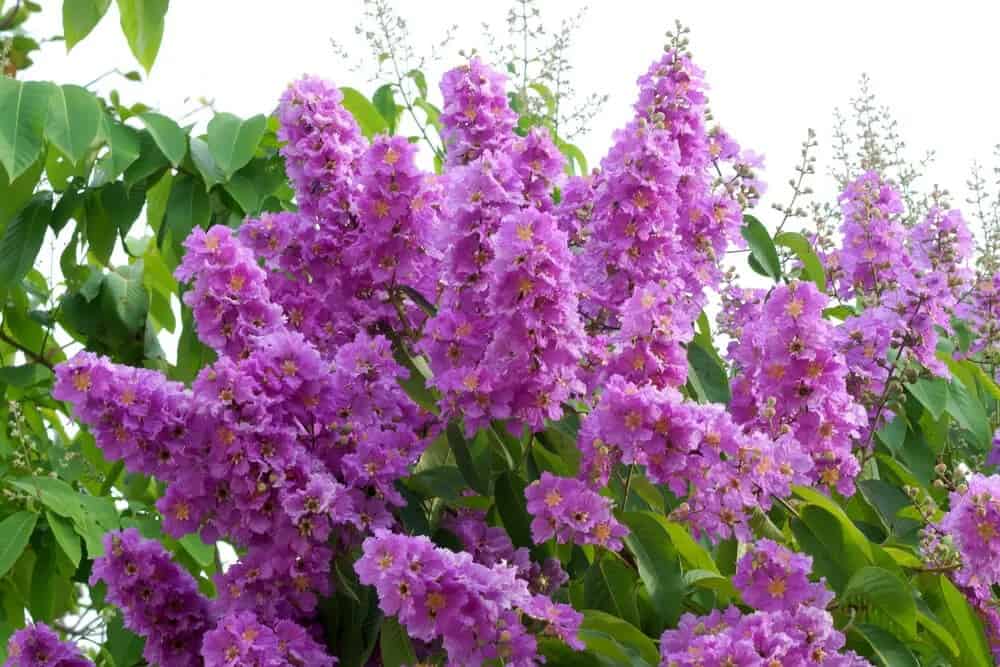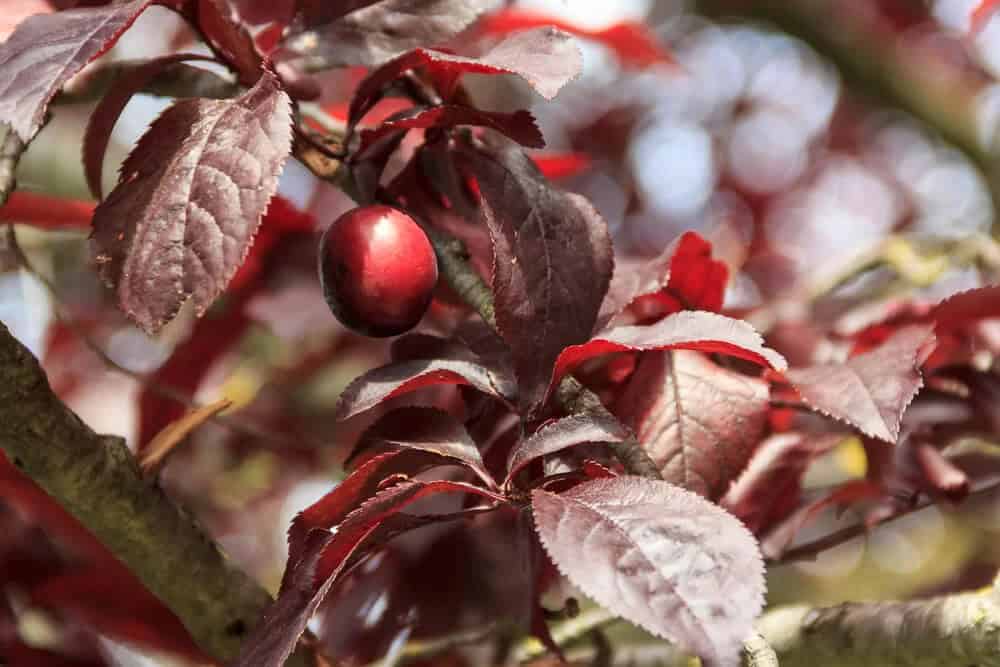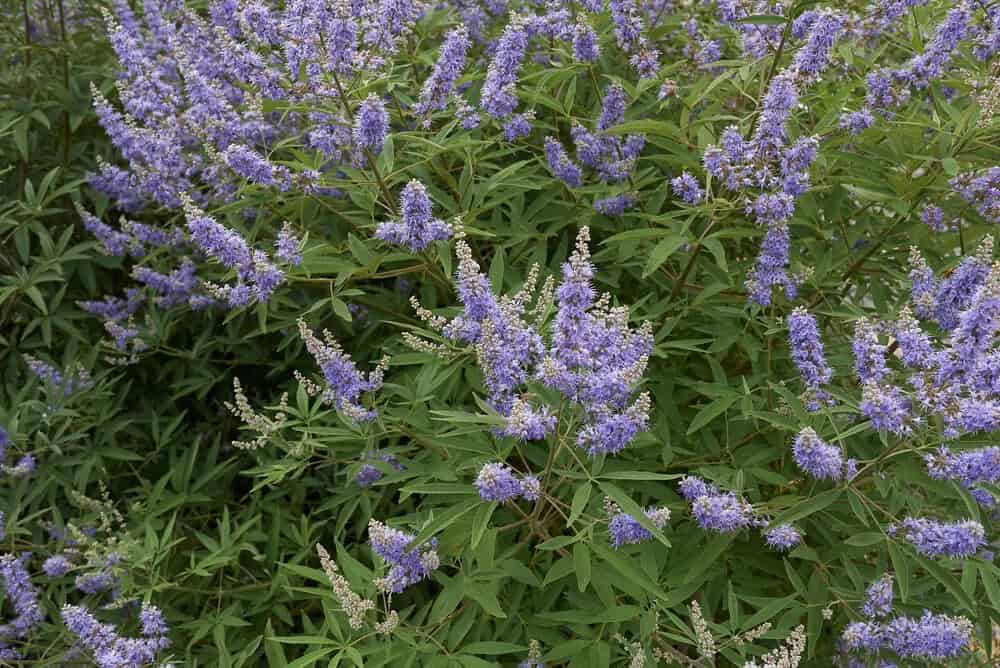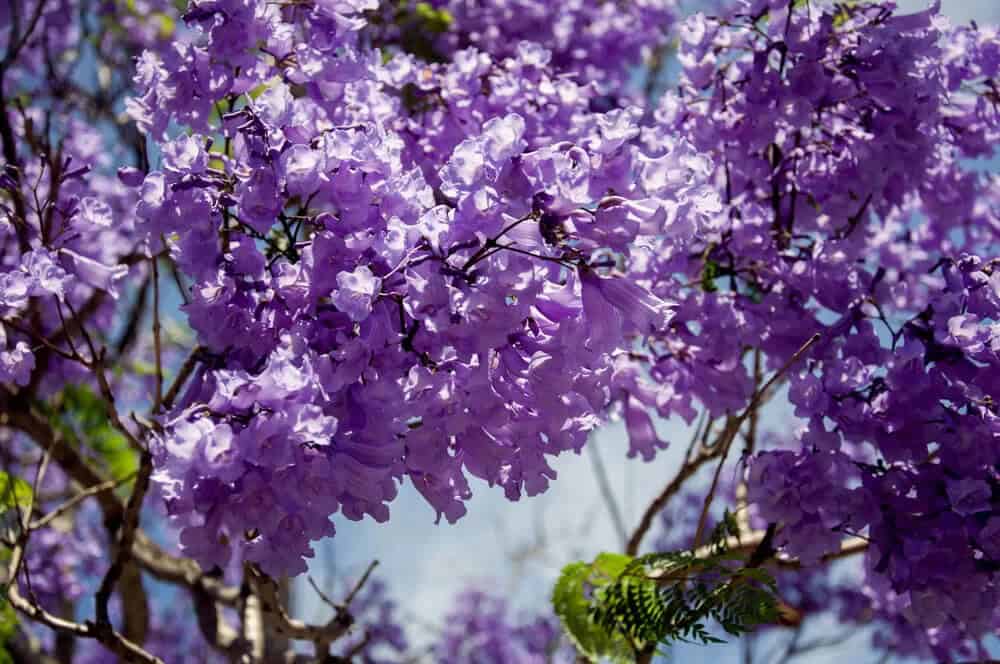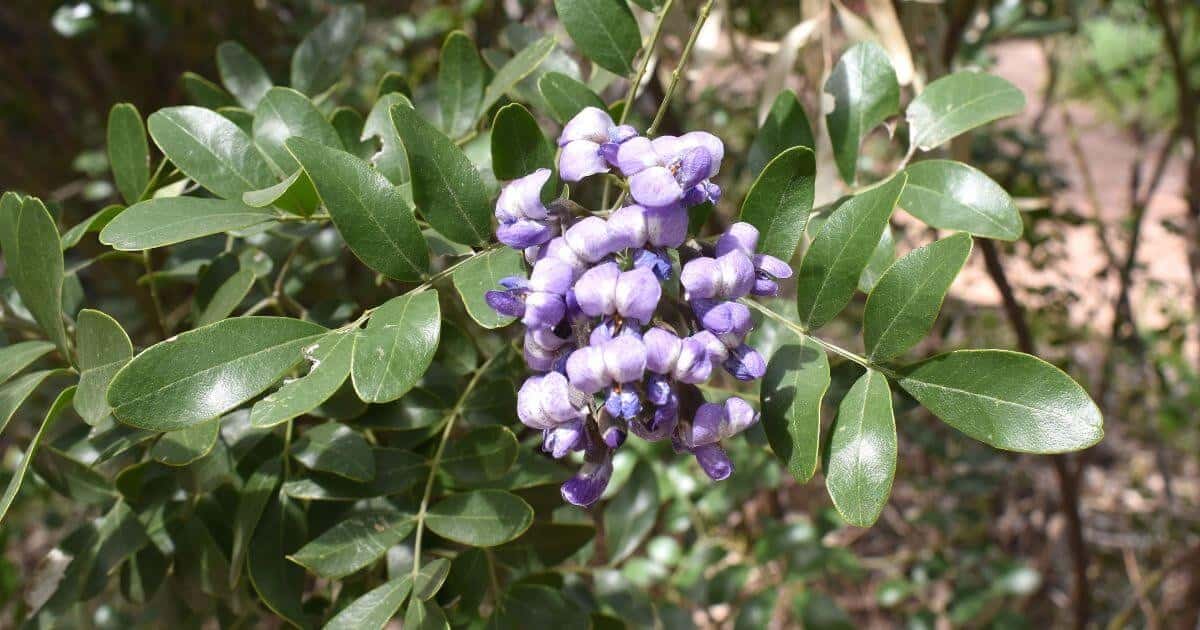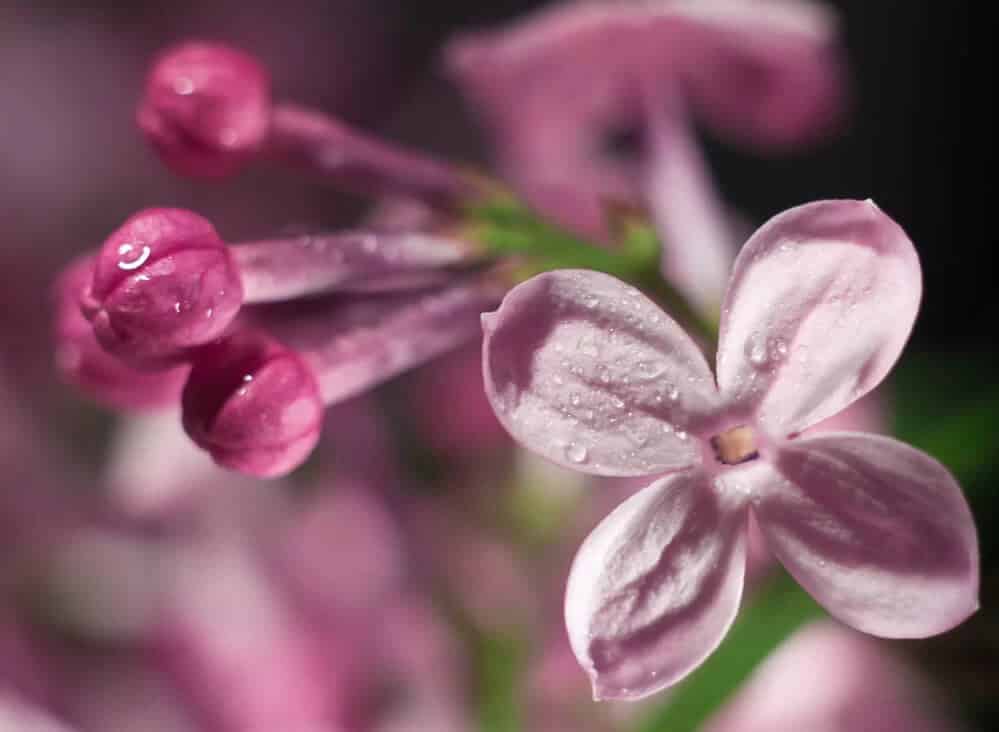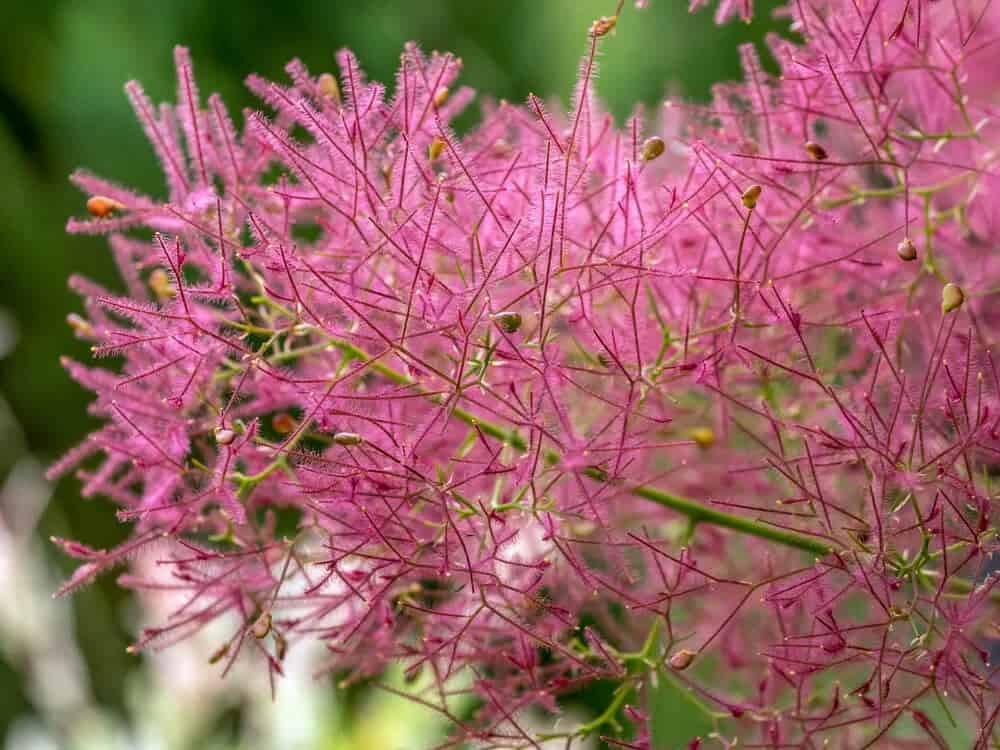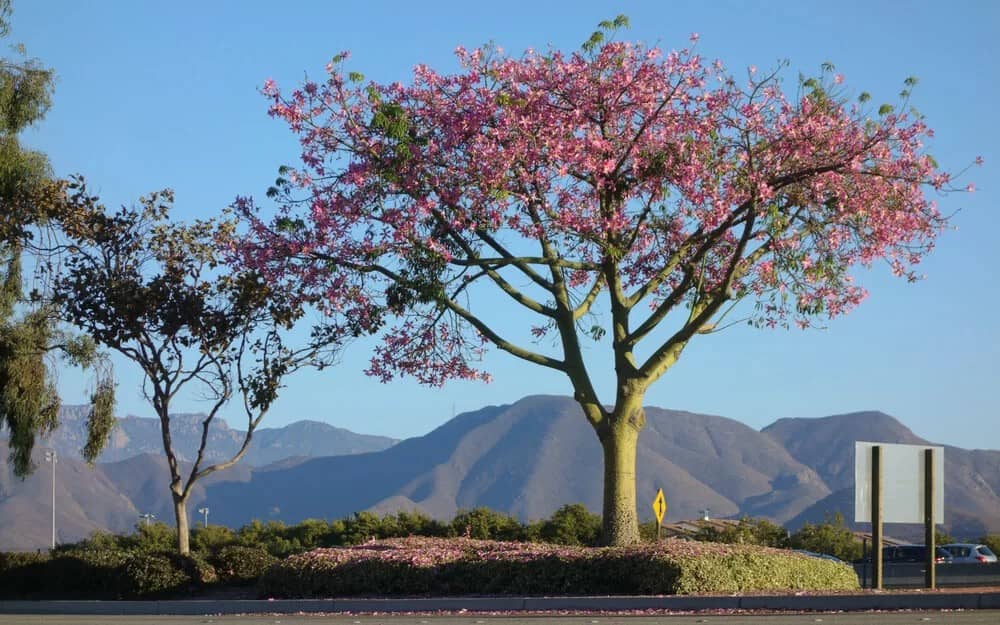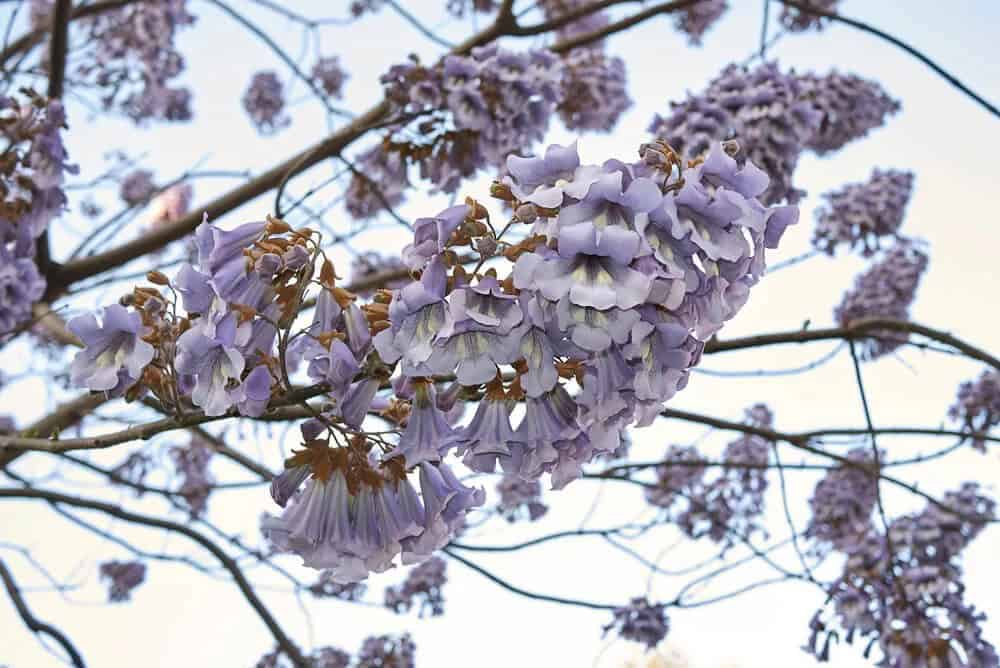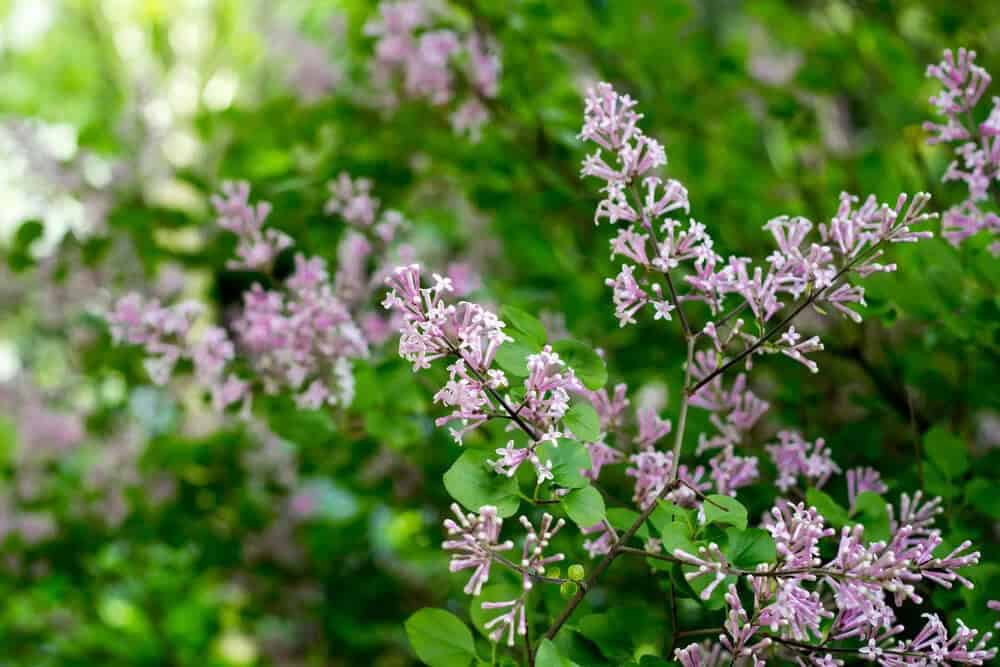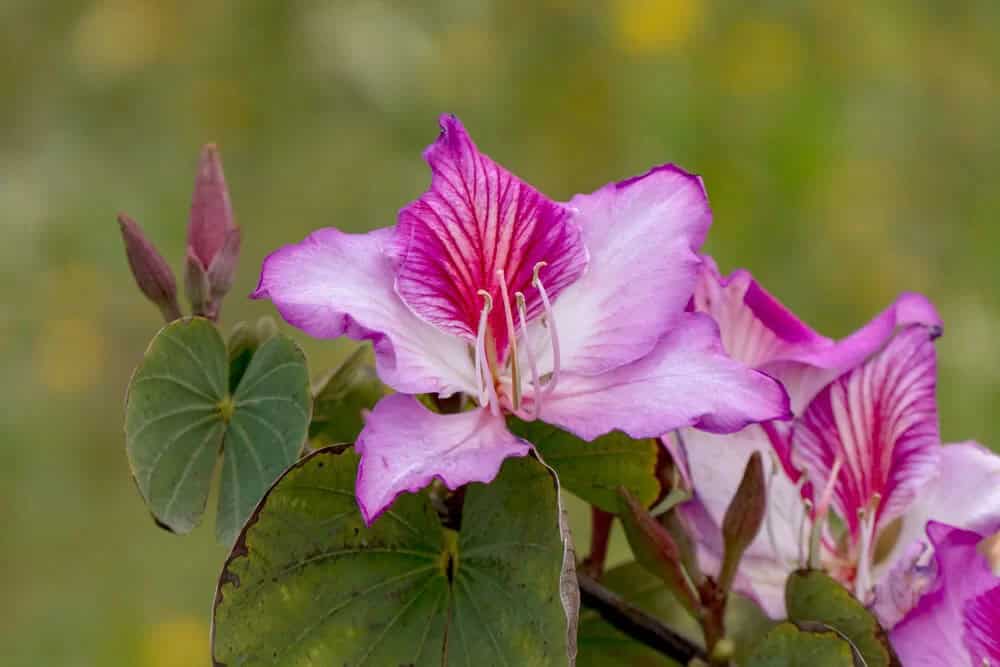Imagine transforming your garden into a whimsical oasis by incorporating trees with regal and enchanting purple blooms. The majesty of purple is undeniable, as it’s often used in popular culture to represent magic. When trees don this striking hue, they can instantly elevate the ambiance of your outdoor space, imbuing it with serenity. But which trees should you select to bring this splendor to life?
This article will guide you through 13 remarkable species that boast stunning purple flowers, providing you with a comprehensive answer to this question. By the end of this read, you’ll have a clear understanding of which purple flowering tree is perfect for your garden, allowing you to create a peaceful and majestic haven.
Key takeaways
While spring may be over for many, it’s an exciting time for those who adore purple flowers. The majority of these breathtaking blooms burst forth in late spring, painting the landscape with a kaleidoscope of color. Among them stands out the Jacaranda, a tree that thrives in the warm climates of USDA zones 10 and 11 alone. For those who crave more variety, there are trees like the Purple Leaf Plum, which produce edible fruits that can be enjoyed fresh or used in cooking.
And then there are the fragrant ones – the Fragrant Lilac is particularly notable for its sweet aroma that attracts birds to its purple-hued beauty.
Discover beautiful garden trees with purple flowers
Crape Myrtle (Lagerstroemia indica)
In full sun, the showy Crape Myrtle plant produces dense clusters of tiny flowers in shades of lavender and purple. Its crinkled blooms bear a striking resemblance to crepe paper in texture. As a heat-loving tree, it thrives in hot summer climates, blooming from late spring or early summer until the first frost. One of its most attractive features is its low-maintenance requirement – it tolerates sandy, loamy, and even tight clay soils, and once established, it’s drought-resistant.
Growing best in USDA zone 7 to 10, with some varieties performing well in zone 6, this versatile tree offers a range of sizes to suit any garden. From dwarf (3-5 feet) to tall (over 20 feet), you’ll find the perfect Crape Myrtle to add a vibrant splash of purple to your outdoor space.
Purple leaf plum (Prunus cerasifera)
The Purple Leaf Plum is a standout tree in the rose family, bringing unique charm to any garden. Its most striking feature is its vibrant purple foliage, which sets it apart from other trees. In the spring, it blooms with fragrant, five-petaled white to pale pink flowers that add to its allure. This moderate-sized tree grows between 15 and 25 feet tall, making it suitable for many gardens.
While its leaves will take on a more green hue in shaded areas, they truly shine in full sun or partial shade. To fully appreciate the tree’s striking foliage, it’s best planted in conditions that allow its purple hues to dazzle. The Purple Leaf Plum thrives in USDA zones 4 to 9, preferring loamy soil and an acidic to neutral pH. While it can tolerate clay and sandy soil as well, regular weekly watering is still necessary for optimal growth.
Although primarily grown for ornamental purposes, this tree also produces small, edible red fruits that ripen in late summer, adding a sweet surprise to its many charms.
Chaste tree (Vitex agnus-castus)
The Chaste tree is a versatile shrub that boasts striking purple flowers, which grow upwards along the stem to form cone-like structures. The fragrance emitted by these flowers adds an aromatic charm to your garden. This evergreen herb has been prized by medical herbalists for centuries, but its ornamental value lies in its showy flower cones. Pruning can control the tree’s growth, ranging from 8 to 20 feet, making it adaptable to gardens of any size.
Chaste trees are relatively low-maintenance and thrive in a variety of soils, suitable for USDA zones 5 to 9. Although they do require some care, the added bonus is that they bloom in both spring and summer, with some varieties continuing into late summer when other purple-flowering trees have finished blooming.
Eastern Redbud tree (Cercis canadensis)
As the harbinger of spring, the Eastern Redbud tree is a stunning sight to behold. Its showy display each spring features vibrant purple-red flowers that burst forth under the warm rays of full sun, like fireworks exploding in a symphony of color. The subsequent pea-like pods add an extra layer of excitement to this natural spectacle.
But it’s not just the blooms that make this tree special – its rich burgundy heart-shaped foliage is equally striking, particularly when combined with its unique branching pattern and low-trunked silhouette. While the Eastern Redbud can grow up to 30 feet tall in ideal conditions, dwarf variants are also available for those looking to add a touch of elegance to smaller spaces.
The tree thrives in USDA zones 4 to 8 and tolerates a wide range of soil types, but it does require regular watering as it is not naturally drought-resistant.
Jacaranda tree (Jacaranda mimosifolia)
In many Los Angeles landscapes, the Jacaranda tree takes center stage due to its breathtaking beauty. When it blooms in late spring and early summer, the Jacaranda showcases nature’s artistry with its unique combination of arching branches and fern-like foliage topped by fragrant, lavender-blue blossoms that fill the air with a sweet scent. As an added bonus, the tree’s flowers provide a pop of color against its lush green canopy.
For optimal growth, the Jacaranda requires full sun (or light shade) and well-drained soil in USDA zones 10 and 11. Once established, it is surprisingly low-maintenance. The Jacaranda can grow up to 66 feet tall, making it an ideal choice for larger gardens or as a street tree.
Texas Mountain Laurel (Dermatophyllum Secundiflorum)
In its natural habitat, the Texas Mountain Laurel calls Texas home, boasting a unique combination of features that set it apart from other plants. Its evergreen foliage is densely packed, providing year-round coverage, while in spring, vibrant purple flowers burst forth in clusters that can reach up to six inches in length and softly droop, evoking the delicate charm of wisteria blooms.
But the beauty of this tree doesn’t stop there – its flower clusters also emit a sweet fragrance that wafts effortlessly through the air, carrying the scent with it over considerable distances. This enchanting aroma lingers, leaving a lasting impression on all who catch a whiff. The Texas Mountain Laurel’s diminutive stature, typically growing between 15 and 25 feet tall, makes it an ideal choice for gardens of varying sizes, thriving in well-drained alkaline soils found in USDA zones 7b to 11.
Fragrant Lilac (Syringa vulgaris)
Fragrant Lilac, a multi-stemmed wonder, steals the show with its intensely fragrant blooms. The plant’s vibrant green foliage gives way to trumpet-shaped blossoms showcasing a kaleidoscope of lavender, purple, and lilac hues in spring and summer. Syringa Vulgaris is the perfect choice for those seeking a heady aroma wafting through their garden, as its strongly scented flowers attract the first butterflies of the season, adding a splash of color and beauty to the space.
While technically classified as a shrub rather than a tree, Fragrant Lilac typically tops out at 10 feet, making it an ideal fit for gardens of all sizes. What’s more, this low-maintenance gem thrives in well-drained soils, whether alkaline or acidic, and is hardy in USDA zones 3 to 7.
Takasago Flowering Cherry (Prunus Sieboldii)
In Japanese culture, the Takasago Flowering Cherry is revered for its captivating representation of nature’s splendor. Its stunning appearance is unparalleled among other Japanese Cherry trees, which typically produce white or pink blooms. In contrast, the Takasago boasts luxuriant lavender-purple flowers that unfurl from delicate rose-petal buds, preceding the emergence of leaves.
The tree’s expansive branching and lush foliage create a breathtaking canopy, with the profusion of blossoms draping the tree like a majestic, purple-hued tapestry. While it can reach heights of up to 20 feet, its low-growing habit keeps the canopy just 2 feet off the ground, allowing the vibrant blooms to be fully appreciated. To thrive, the Takasago Flowering Cherry requires full sunlight and rich soils with moderate moisture levels, typically found in USDA zones 5b to 8a.
Royal Purple Smoke Tree (Cotinus Coggygria)
The Royal Purple Smoke Tree’s striking appearance makes it a standout in any garden setting. Its leaves undergo a remarkable transformation throughout the seasons, transitioning from purplish-red in spring to plum-purple in summer, and finally to vibrant shades of autumnal color. But that’s not all – this ornamental tree also produces an eye-catching display of pinkish-red ‘smoke’ blooms, which add a whimsical touch to its overall charm.
These unique flowers arise from fine hairs surrounding developing seeds, adding an extra layer of interest to the plant’s already impressive foliage. The Royal Purple Smoke Tree itself grows into a compact, rounded shape that reaches around 10 feet in height, making it an ideal choice for smaller gardens or as a specimen tree. What’s more, this hardy and adaptable tree thrives on a wide range of soil types, with no pesky pests or diseases to worry about.
Once established, it can even tolerate drought conditions, although it does require full sunlight to truly flourish. And the best part? This stunning tree is cold-tolerant, making it suitable for USDA zones 5-8.
Silk Floss Tree (Ceiba Speciosa)
The Silk Floss tree, native to South America’s tropical and subtropical forests, is an enigmatic ornamental species that exudes both beauty and danger. Its deciduous nature allows it to thrive up to 60 feet in height, branching into a majestic umbrella-like canopy. As autumn arrives, the tree sheds its leaves, replaced by a stunning floral display reminiscent of a whimsical fairy tale. The five-petal blooms, akin to Hibiscus, boast creamy-white centers and pinkish-purple tips.
However, the tree’s trunk and branches are adorned with sharp conical spines, serving as a natural deterrent for wildlife attempting to climb its heights. While this feature provides protection against wild animals, it does necessitate establishing safety buffer zones around the tree to safeguard young people and domesticated animals. The Silk Floss tree is an excellent shade provider, growing successfully in USDA zones 9 to 11.
It thrives in full sun and well-drained soil, whether acidic or alkaline. Once established, the tree proves surprisingly drought-resistant, making it a desirable addition to any landscape.
Royal Empress Tree (Paulownia Tomentosa)
The Royal Empress tree, also known as the princess tree due to its namesake Princess Anna Paulowna (1795-1865), is a deciduous and fast-growing species native to Eastern Asia. Its velvety green leaves form a thick canopy, while fragrant light-purple flowers with a sweet vanilla scent bloom in showy clusters. This stunning tree’s ability to thrive on various soil types and rapid growth make it an attractive addition to any landscape.
However, its rapid growth has led many jurisdictions to recommend against planting the princess tree. As such, it is essential to consult local authorities before introducing this beauty to your outdoor space.
Dwarf Korean Lilac (Syringa Meyeri ‘Palibin’)
In the realm of horticulture, the Dwarf Korean Lilac tree stands out for its unique charm. Originating from Korea, this deciduous dwarf tree thrives as a compact, rounded entity, yielding an abundance of fragrant flowers in a mesmerizing blend of lilac and purple hues.
As spring unfolds, the tree awakens to reveal stunning panicles of purple blooms emerging from intricately shaped violet flower buds.
This harmonious union beautifully complements the plant’s dark green foliage, creating a visual treat that is hard to ignore.
Measuring approximately 7 feet in height with a spread of around 4 feet, the Dwarf Korean Lilac tree boasts an ideal size for solo accentuation or as a patio shrub. Its refined foliage and compact growth make it an excellent choice for gardeners seeking a low-maintenance addition to their outdoor space.
Notably, this tree is adaptable to both dry and moist environments within USDA zones 3-7. However, its high-maintenance nature demands regular care to ensure optimal health and aesthetic appeal.
Purple Orchid Tree (Bauhinia Purpurea)
The Purple Orchid tree, also known as the butterfly tree, is a deciduous tree that reaches medium height. Its claim to fame lies in its vibrant, fragrant purple flowers, which bloom in early fall and attract hummingbirds. The striking 5-petal blossoms are perfectly set off against the tree’s distinctive heart-shaped leaves. Standing at around 17 feet tall, this versatile tree is suitable for most gardens. It thrives in USDA zones 9 to 11 and can tolerate a wide range of soil types.
What’s more, it’s one of the few trees with beautiful purple flowers that can grow well in containers indoors.
Frequently Asked Questions About trees with purple flowers
What are trees with purple flowers called?
A notable characteristic of all trees boasting purple blooms is their lack of a distinct common name. As such, these trees haven’t been assigned a specific moniker. Despite this, the term ‘purple flowering trees’ or simply ‘purple trees’ has become a convenient shorthand for describing this visually stunning group.
What tree has purple flowers in spring?
Most purple flowering trees display their vibrant blooms during the spring season, with a few exceptions. While all but two species on this list produce purple flowers in the spring, these two outliers are the Silk Floss and Purple Orchid trees.
The Eastern Redbud and Texas Mountain Laurel trees kick off the spring bloom, followed by the Jacaranda, Crape Myrtle, Chaste tree, Fragrant Lilac, Takasago Flowering Cherry, Royal Purple Smoke, Royal Empress, and Dwarf Korean Lilac, which all showcase their purplish flowers in mid-to-late spring.
Which are the most common purple-flowered in California?
California’s diverse climate, spanning seven USDA growing zones (5 to 11), allows for a wide range of purple flowering tree species to thrive. With average minimum temperatures ranging from -20 degrees to 45 degrees Fahrenheit across different regions, it’s no surprise that many types of purple flowering trees flourish in the state.
While Jacaranda, Texas Mountain Laurel, Crape Myrtle, and Purple Orchid trees are among the most common varieties found in California, other popular options include the Purple Lily Magnolia and Lavender Blue Flowers.
Which are popular trees with purple flowers in Florida?
Florida’s mild climate, characterized by an average temperature that falls within USDA growing zones 8 to 11, presents unique challenges for trees with purple flowers. Only a select few can thrive in the state’s conditions. Among these are the Jacaranda, Purple Orchid, Texas Mountain Laurel, and Silk Floss trees, which have adapted successfully to Florida’s environment.
Are there trees with purple flowers and thorns?
The Silk Floss tree is a notable example of a flowering tree that produces stunning purple blooms. Growing in USDA zones 9-11, this tree thrives in warm climates, showcasing its vibrant Hibiscus-like flowers in the fall season. Notably, however, the tree’s trunk and branches are heavily armed with sharp thorns to deter potential climbers, whether human or animal, from attempting to ascend it.
Does a tree with purple flowers and orange berries exist?
Among the various flowering trees featuring vibrant purple hues, one notable species stands out for its striking orange berries – the Purple Leaf Plum. This captivating tree boasts a unique characteristic: its leaves display a stunning purple color, making it a standout in any landscape.
The Purple Leaf Plum is an exceptional specimen that bursts into bloom during springtime, producing sweetly scented flowers with a delicate purple-pink hue.
In late summer, the tree rewards with small, reddish-orange fruits that ripen and become edible – a delightful bonus for garden enthusiasts.
Purple flowering trees to spice up your garden
Add a pop of excitement to your garden or landscape with the vibrant beauty of purple flowering trees. While nature may not be renowned for its abundance of purple hues, there are an array of stunning options available. From Crape Myrtle to Chaste tree, Purple Leaf Plum, Jacaranda, Eastern Redbud tree, Texas Mountain Laurel, Flagrant Lilac, Royal Empress tree, and even the majestic Purple Orchid tree, you’re spoiled for choice.
Whether you’re based in the US or simply seeking inspiration for your outdoor space, these 13 purple flowering trees are sure to impress.
